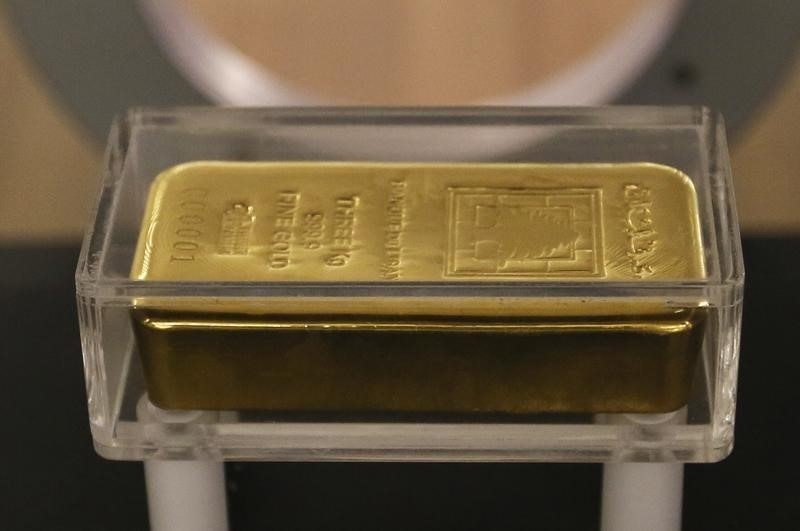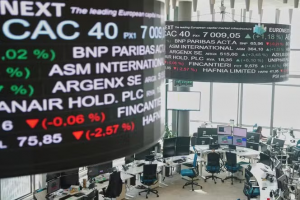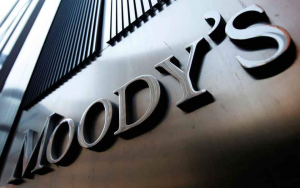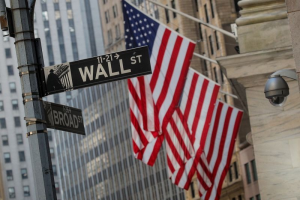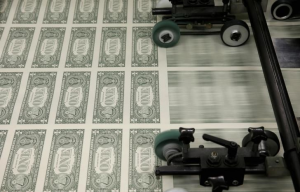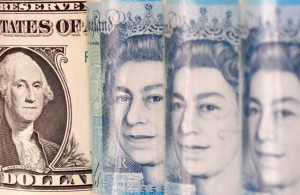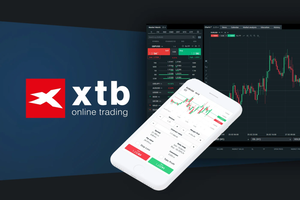luminum and steel to the US, sparking jitters over more headwinds to global trade.
Trump also flagged plans for reciprocal tariffs, which will see U.S. import duties increased to match those imposed by the country’s other trading partners.
The announcement came just days after Trump’s 10% tariffs against China took effect. Beijing had retaliated with its own trade measures against the tariffs.
The tariffs ramped up concerns over an escalating trade war between the world’s biggest economies, which could disrupt trade and bode poorly for global growth.
"Gold is already up more than 10% year-to-date, having hit a series of consecutive record highs along the way. Tariff concerns that risk higher inflation and slower economic growth are spurring demand for safe haven assets like gold," said analysts at ING, in a note.
Other precious metals also rose. Silver futures gained 0.6% to $32.650 an ounce, while platinum futures rose 1% to $1,031.45 an ounce.
Uncertainty hits industrial metals
Among industrial metals, benchmark copper futures on the London Metal Exchange were down 0.2% to $9,444.00 a ton, while March copper futures rose 1.5% to $4.6580 a pound.
"With Trump back in the White House, uncertainty and unpredictability are running high. Prolonged trade conflict would slow global growth and hurt demand for industrial metals," ING added.
"In 2018, the US president imposed a 10% duty on imported aluminium and a 25% tariff on imported steel to promote domestic metal production. The duties on Canada and Mexico were lifted a year later after a new free trade agreement between the two countries and the US."
US inflation in focus
While gold was sitting on strong gains and record highs in the past week, bigger gains were somewhat limited by resilience in the dollar, with traders also bracing for high US interest rates in the coming months.
Analysts and Federal Reserve officials have warned that Trump’s tariffs, which will be borne by US importers, could underpin inflation and give the Fed less impetus to cut interest rates.
To this end, U.S. consumer price index inflation data for January is due later this week, and is widely expected to factor into expectations for U.S. interest rates.

